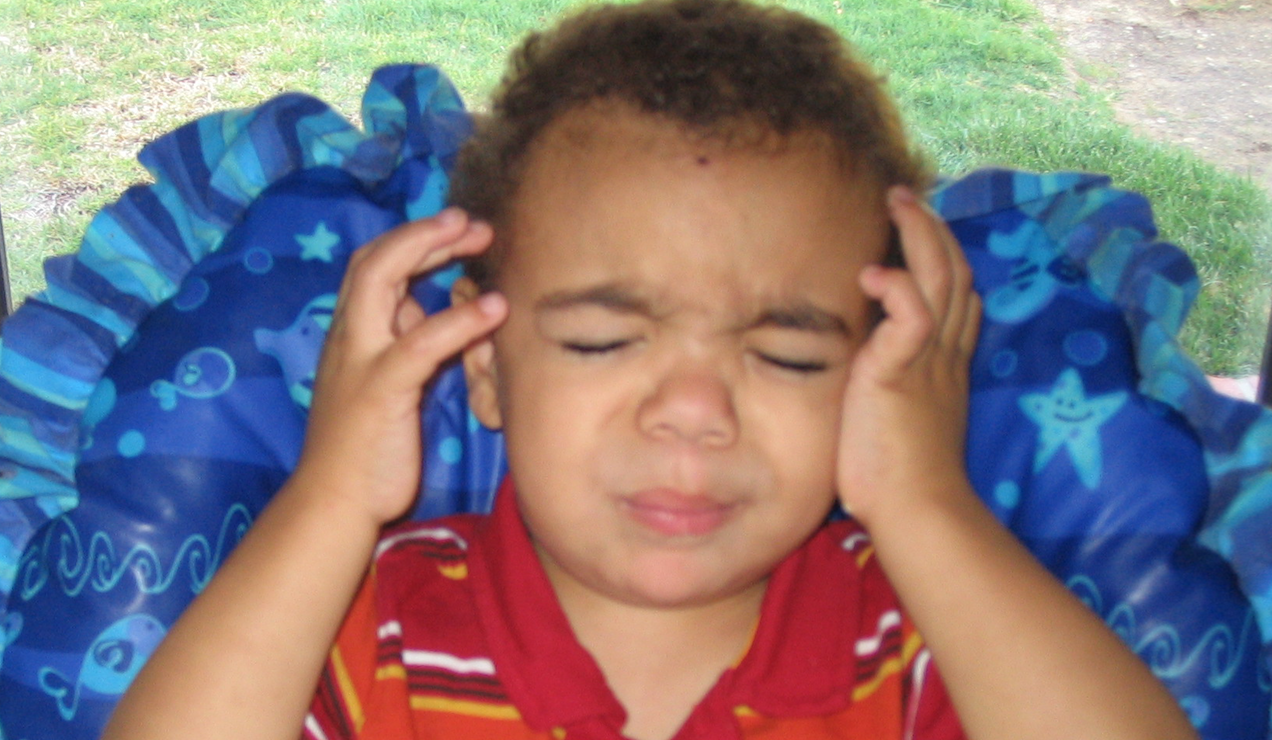The Healthcare Industry is in its Terrible Two’s in Consumerism
By David S. Williams, Co-Founder & CEO, Care3. This article appeared originally on Medium.com.
My siblings and I cared for our mom for the last decade of her life. She had serious health challenges — multiple forms of cancer, bipolar disorder, chronic heart failure, and COPD (and she still smoked). We went to the emergency room too many times to count. We grew up managing her health issues. We’re smart. We’re educated. But we weren’t particularly good caregivers. And we’re not unique.
What belies our experiences with hospitals is an emerging crisis. The switch from fee-for-service to bundled payments outlined by the Affordable Care Act means that hospitals do not receive compensation for certain readmissions (in fact, financial penalties may be assessed). Readmissions are a significant financial liability for payers (health insurance companies) and now for hospitals for which they have yet to demonstrate an effective means of mitigation. In order to maintain financial viability, these organizations need to find solutions that provide better health outcomes when patients leave their facilities.
The industry has, of course, been trying to find solutions. A leading consensus is that engaging a patient about their activities outside the hospital provides significantly better health results. Welcome to the infancy of consumerism for the healthcare industry.
Two pilot programs in California focused on two different models for post-acute patient engagement proved engagement can improve outcomes. Both used basic human resources (i.e., Nurses and Case Managers making phone calls) to generate significant improvements.
They work. But they don’t scale. Implementing either model nationwide for the 9.2 million Dual Eligibles (patients eligible for both Medicare and Medicaid) alone would cost somewhere around a trillion dollars. So the fundamental solution is known: patient engagement. The challenge, then, is scalability.
There are 65 Million family caregivers like my siblings and me in the U.S. We are the ones who are actively engaged with a loved one’s health activities. We go to appointments, run errands, and fetch the remote when it’s too far away. It seems, then, the best opportunity to improve health outcomes for patients outside of the hospital is to empower family caregivers.
The healthcare community has picked up on this. Go on any hospital system’s web site and there’s almost always a segment there for caregivers. Toddler status. Though well intentioned, they usually consist of support groups and help lines. It’s really not in their DNA to create “consumerized” (yet HIPAA compliant) solutions. They don’t know how to be consumer-centric because for so long they only served providers.
How big is this problem? There’s roughly 70 Billion hours of health care activities that occur outside of institutional settings (hospitals, clinics, etc). About half of this amount is from home health care professionals. The rest are the activities from a patient’s dedicated family and friends; also known as consumers.
Home health firms (an $83 Billion market) are a fast-growing part of the market. Many companies have emerged to make finding home health care professionals much more efficient and easy. These are great services that are trying to figure out the right model for engagement. However, they only address half of the activities that go into caregiving. Their use may also be a symptom of other, unseen health activities.
It’s pretty difficult to figure out when health care support is actually needed. The only visibility into care activities happens when someone buys bandages (say, to treat a slip and fall), file a claim, or hire a home health firm. These are all after-the-fact instances that indicate much more significant health needs. So visibility, like scalability, must also be achieved in order to truly engage with caregivers. Achieving the visibility milestone would vault the industry into the tweens. This is the next decade of health technology.
There’s a third challenge that is deceptively obvious. Caregivers don’t really know what to do in order to care for someone. This can often be disempowering. When caregivers don’t know what to do for loved ones, they inevitably end up at the hospital — via the emergency room or the like. They need a more concrete set of information provided by a professional to serve as a guideline for how to care for someone after they leave a hospital. These care instructions should be structured, sequenced, and delivered in a way consumers can easily digest and implement. Helping patients and family caregivers understand what to do while engaging them in a way that meets their behavioral patterns is the next logical stage of development.
Healthcare as an industry has never had to focus on consumers to deliver care. They’re learning, but infancy is followed by the terrible two’s. Now, if the industry fails to adapt, the crushing cost of care will render them helpless to serve our communities and loved ones. It could be a painful period as many parents know all too well.
Please, healthcare industry, mature quickly.

